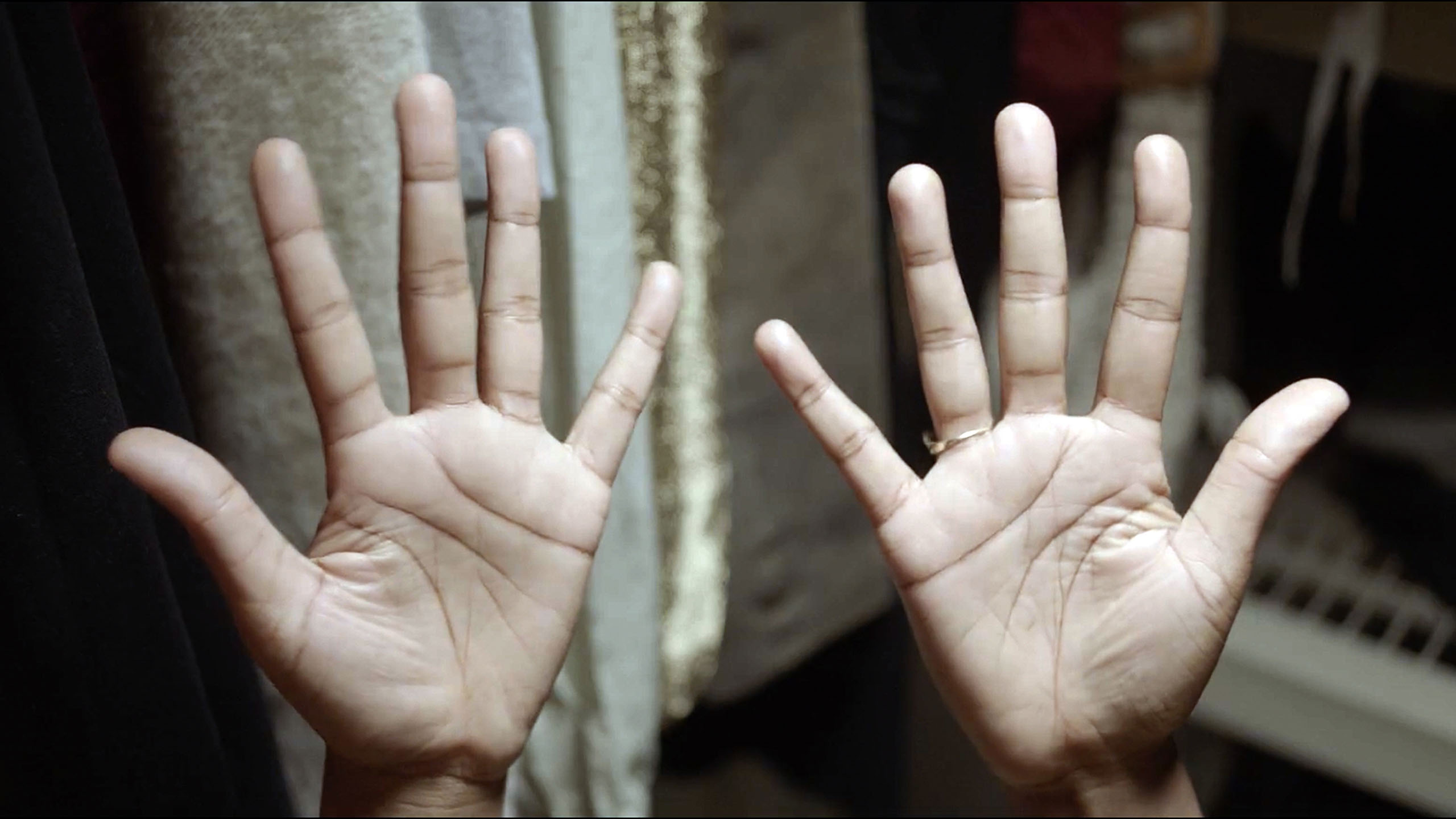A film that rewards patience, The Tuba Thieves, despite its title, is not a quirky heist picture but rather a meditation on the presence and absence of sound framed by both recent and further-removed history. It’s directed by d/Deaf visual artist Alison O’Daniel, who crafts a rich visual and auditory project that’s probably best experienced in an acoustically perfect environment. One might at least need a high-end pair of noise-canceling headphones to simulate the optimal screening venue. Open-captioned by default, The Tuba Thieves is an immersive journey that perhaps approximates the trials of limited hearing with a structure that is either a cinematic meditation or frustrating for those seeking to impose some sense of order over the raw material we’re presented.
Often defying convention, we’re initially told the genesis of the film is a year-spanning string of instrument heists at LA high schools that very likely aren’t related. Those looking for plot may fight with themselves as to what happens in the past, present, and future. Cultural touchstones are noted early on––including three moments in 1952, 1979, and 1984––but for lead Nyke Prince, a drummer, her boyfriend (Russell Harvard), and her father (Warren Snipe), what is their place in history? Tuba Thieves embraces a free-flowing structure that, in its more narrative modes, recalls Richard Linklater’s Slacker as we occasionally veer into the mode of a hangout movie. In these moments the film includes colorful characters having conversations in sign language, keeping us both in the moment and at a distance, allowing the soundscape of Los Angeles to naturally drown out the conversation.
The theme of noise pollution and the absence of sound runs throughout. We frequently hear radio broadcasts decrying the problem of noise pollution as the air space above Southern California becomes more crowded––perhaps a metaphor for the high school passages, which create a sense of empathy as the world happens around deaf youth who are also still finding themselves.
Much of this is, of course, speculation and interpretation. The Tuba Thieves is best experienced as a meditation that generously explores symbols, emotions, sounds, and occasional frustrations, acknowledging a spectrum of deafness. Still, experiences transcend as the film recreates historic moments, including John Cage’s 1952 performance of his silent piece 4”33 in Woodstock, NY, allowing the audience’s mind and ears to wander. One audience member gets up, walks away, and heads into the forest, where he experiences his own soundscape alone.
Using a spit screen and triptych, Tuba Thieves also recreates a punk show in 1979 at the San Francisco Deaf Club. An older generation bicker and socialize using sign language while a younger generation gets in on the action, as they do five years later at Gallaudet University when Prince plays an intimate show on the condition that the media won’t be present.
Through its experimental structure, The Tuba Thieves defies convention, creating a challenging experience that forces us to listen without an overarching narrative imposing some sense of order or the authority of a documentary filmmaker. Playing in Sundance’s NEXT category but characterized as a work of creative non-fiction, the film reframes deafness. In that regard, it’s a revolutionary act: not a work about deafness made for those who identify as hearing, but rather an artistic representation of a spectrum.
The Tuba Thieves premiered at Sundance 2023.

